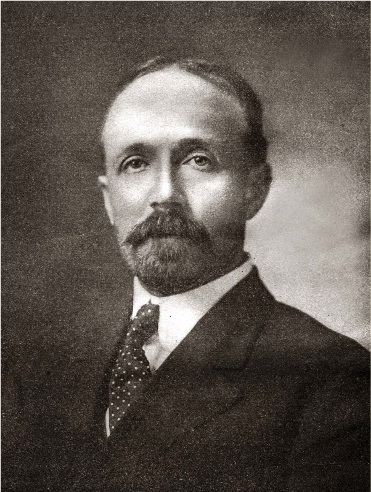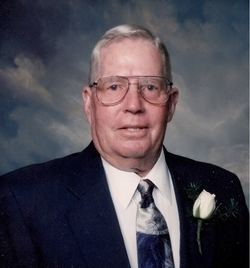Citizenship USA Children Herbert Copeland Role Botanist | Name Edwin Copeland Author abbrev. (botany) | |
 | ||
Born September 30, 1873Monroe, Wisconsin ( 1873-09-30 ) Residence Philippines; California, United States Institutions University of the Philippines, Los BanosUniversity of California Thesis thesis on the influence of light and temperature on turgor (1896) Books Genera Filicum: The Genera of Ferns Institution University of the Philippines Los Banos, University of California Similar David Burke (botanist), Hugh Cuming, Elmer Drew Merrill | ||
The Implications of Love
Edwin Bingham Copeland (September 30, 1873 – March 16, 1964) was an American botanist and agriculturist. He is known for founding the University of the Philippines College of Agriculture at Los Baños, Laguna and for being one of the America's leading pteridologists (one who studies ferns).

In 1903, he and his family moved to the Philippines and worked as a Systematic Botanist for the Bureau of Science. In 1909, he founded the University of the Philippines College of Agriculture at Los Baños, Laguna, now part of the University of the Philippines Los Baños, and served as its dean and also as a professor of plant physiology for eight years (1909–1917). In 1917, he returned to the United States and was a leading rice grower in Chico, California. In 1927, he began work as an Associate Curator at the University of California, Berkeley. In 1931, he worked for the Department of Agriculture of the Philippines, retiring in 1935. After retiring he returned to UC Berkeley and became a permanent Research Associate of the Department of Biology of the University of California. He is best known among American botanists for this latter period at UC. He was elected an Honorary Member of the American Fern Society in 1948.

During his career he describeed 35 new genera and some 600 new species of ferns. His personal herbarium totaled approximately 25,000 species and is now at the University of Michigan Herbarium at the University of Michigan, Ann Arbor. He wrote numerous articles and several books including "Elements of Philippine Agriculture" (1908), "The Coconut" (three editions, 1914, 1921, and 1931), "Rice" (1924), "Fern" (1964) and "Natural Conduct" (1928), a book on practical ethics. In a letter during his final months, a friend C.V. Morton wrote, "You have the consolation of knowing that your name is in constant use by fern students the world over."
On August 8, 1899, Copeland and partner E. N. Henderson were the first climbers known to reach summit of Junction Peak, a thirteener in the Sierra Nevada mountains of California.
His father was the zoologist Herbert Edson Copeland (1849–1876) and he was the father of biologist Herbert Copeland. He was married to Ethel Faulkner Copeland.
